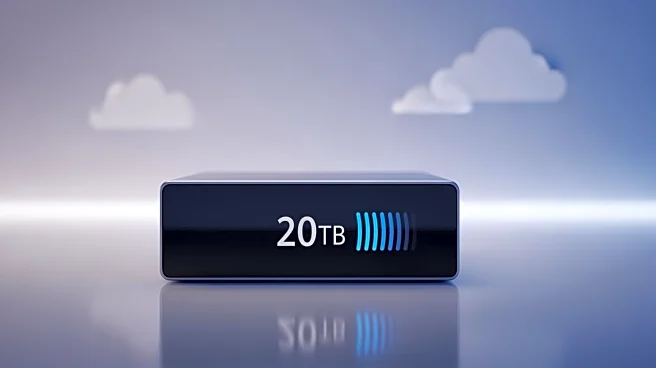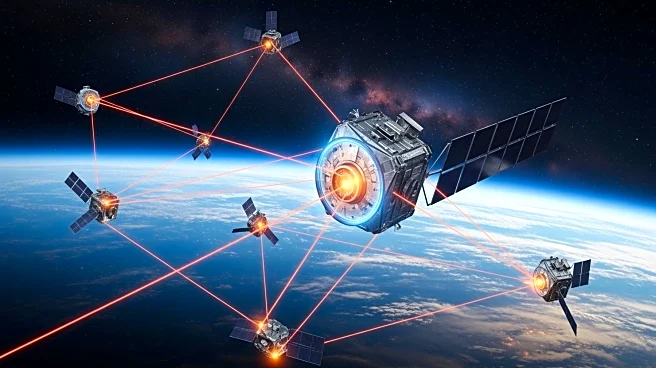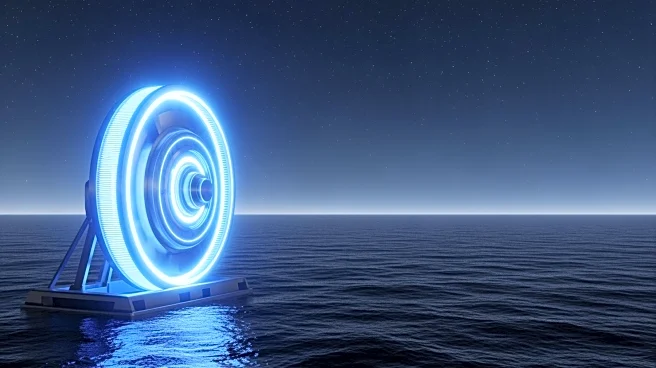What's Happening?
Seagate has released a 20TB external hard drive priced at $229, offering a cost-effective storage solution at approximately $0.01 per gigabyte. This price point is significantly lower than cloud storage services
like Google One, Dropbox, or iCloud, which typically charge around $10 per month for just 2TB of storage. The drive provides a practical alternative for users needing large storage capacities without ongoing fees, offering the ability to store approximately 5 million high-definition photos or 5,000 hours of 1080p footage. The drive's USB 3.0 connectivity allows for efficient data transfer, making it suitable for backing up large media libraries or work files.
Why It's Important?
The introduction of Seagate's 20TB external hard drive at a competitive price point highlights a shift in the storage market, where physical storage solutions are becoming more appealing compared to cloud services. This development is significant for users who require extensive storage without the recurring costs and privacy concerns associated with cloud storage. By owning the hardware, users have complete control over their data, eliminating the need for internet access and reducing the risk of data breaches. This could impact the cloud storage industry by pushing them to reconsider pricing models and data privacy measures.
What's Next?
As Seagate's 20TB drive gains traction, it may prompt other storage manufacturers to lower prices or increase capacities to remain competitive. Cloud service providers might also need to innovate or adjust their offerings to retain customers who are drawn to the cost savings and data control offered by physical storage solutions. Additionally, the demand for high-capacity drives could lead to advancements in storage technology, further driving down costs and increasing accessibility for consumers.
Beyond the Headlines
The release of this high-capacity drive also raises questions about the environmental impact of increased physical storage production. While cloud services have their own environmental footprint, the production and disposal of physical drives contribute to electronic waste. Consumers and manufacturers alike may need to consider sustainable practices in the production and lifecycle management of storage devices.












